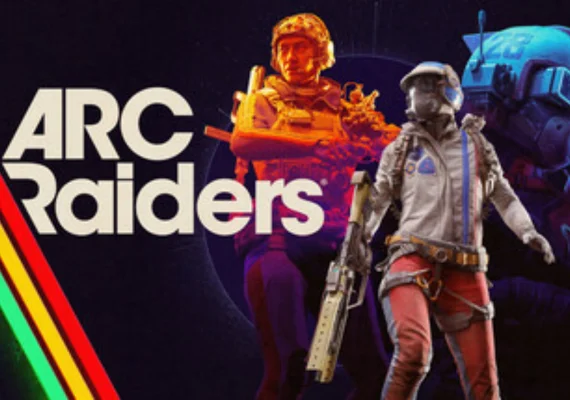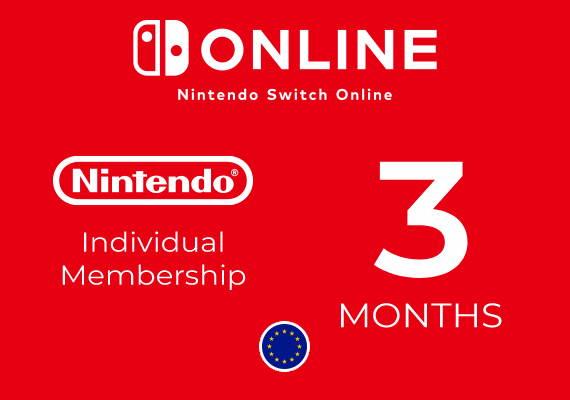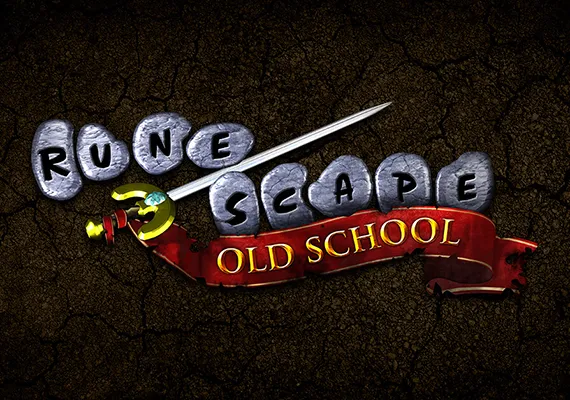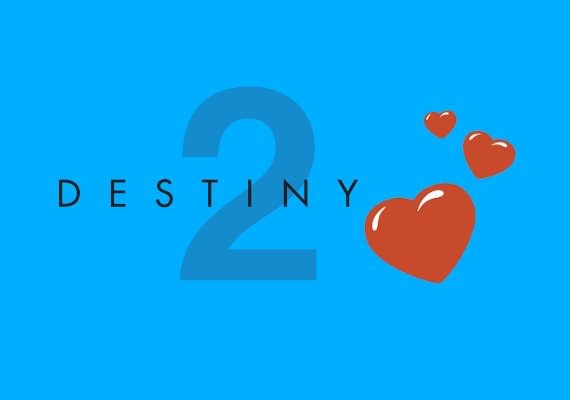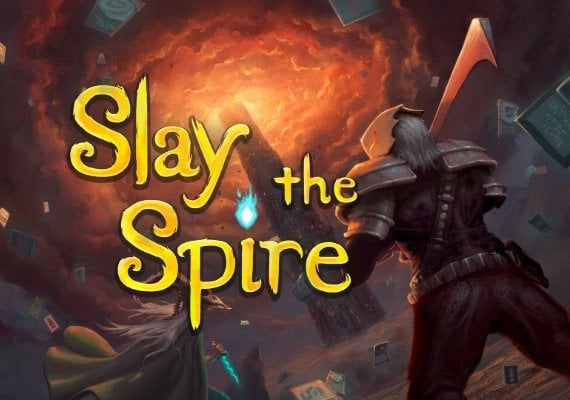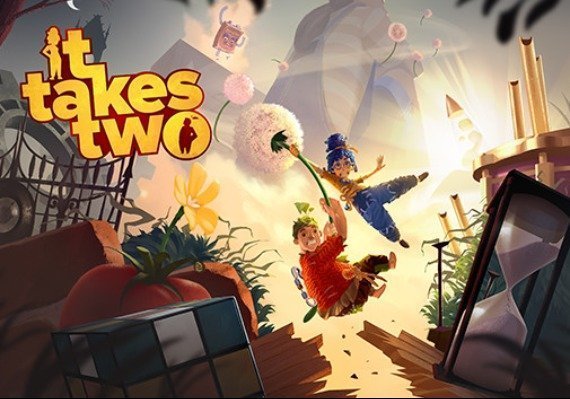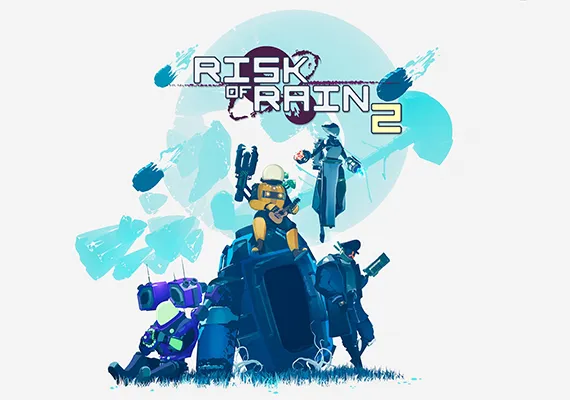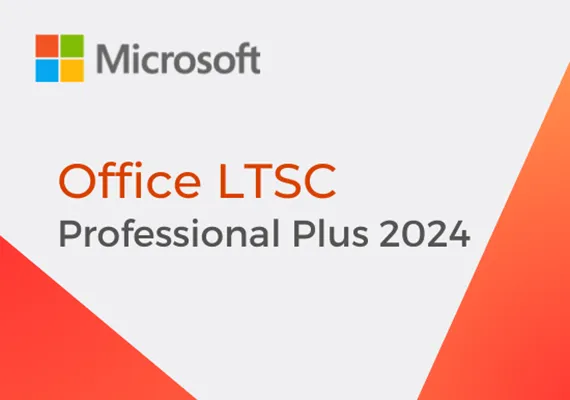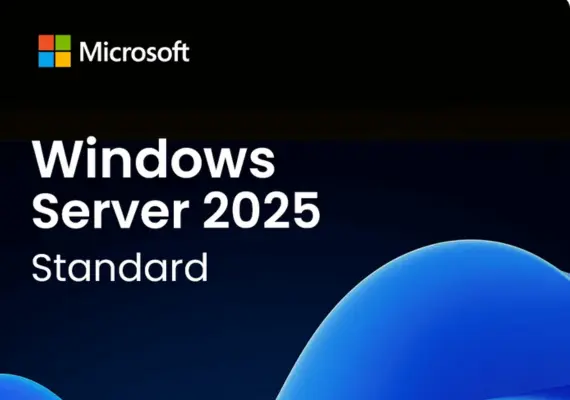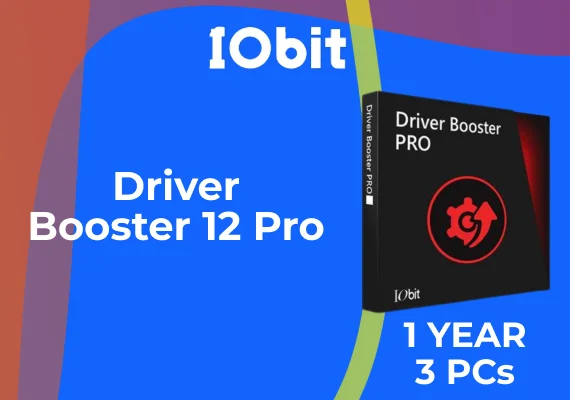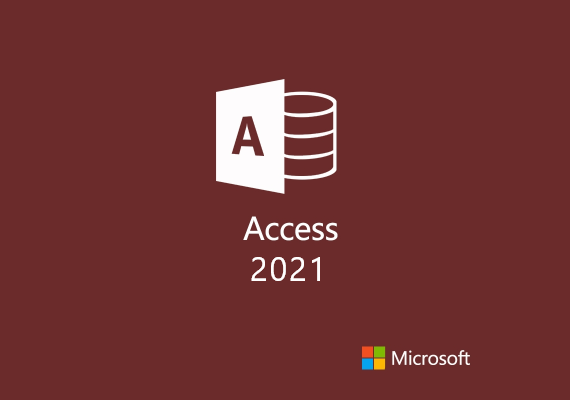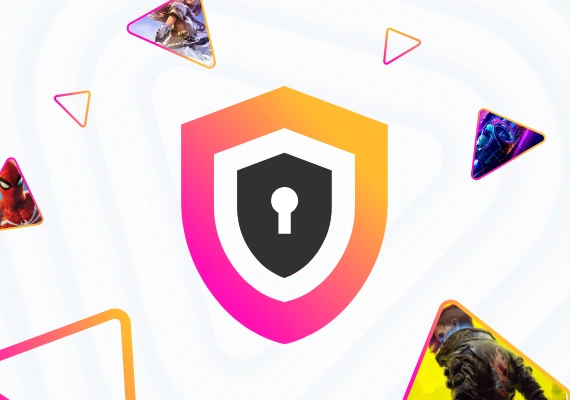The Impact of Gaming on Education: Pros and Cons
.webp)
1. Enhancing Learning and Cognitive Development
One of the most significant benefits of using games in education is their ability to engage and motivate students. Games naturally stimulate interest and excitement, qualities that are sometimes lacking in traditional educational environments. This increased engagement can lead to longer and more focused learning sessions. For instance, educational games often incorporate elements like points, levels, and rewards that encourage students to progress through learning materials in a fun and interactive way.
Skill Development
Beyond engagement, games can significantly enhance cognitive development and skill acquisition. Many games, particularly those designed with educational purposes in mind, encourage critical thinking, problem-solving, and strategic planning. For example, puzzle games like 'Portal' or strategy games like 'Civilization' require players to think critically and make decisions that can have lasting impacts on their success in the game. These skills are directly transferable to academic and real-world scenarios, helping students to become better problem solvers and thinkers.
Adaptive Learning
Another advantage of games in education is their ability to adapt to the individual learning pace of each student. Adaptive learning technologies within games can monitor a student's progress and adjust the difficulty level accordingly. This personalized learning experience is difficult to achieve in traditional classrooms and can cater to the needs of students with varying levels of ability and prior knowledge.
.webp)
2. Challenges and Potential Downsides
While games can be engaging, they can also become a distraction. The compelling nature of games might lead some students to prioritize gameplay over other educational activities or responsibilities, potentially leading to poor time management. Additionally, if not properly integrated, games can overshadow the learning objectives they are meant to support, resulting in reduced educational value and focus.
Educational Content Quality
Another significant concern is the quality of educational content within games. Not all games are created with educational goals in mind, and even those that are might not align perfectly with educational standards or learning outcomes. Teachers and educators must carefully select games that complement the curriculum and adhere to educational standards to ensure that students are learning appropriate and accurate information.
Equity and Access
Equity in education is a crucial issue, and the integration of games can exacerbate existing disparities. Not all students have access to the necessary technology at home, such as computers, high-speed internet, and gaming consoles. This digital divide can lead to inequalities in who benefits from gaming-based educational tools, potentially widening the gap between different socioeconomic groups.
.webp)
3. Balancing the Pros and Cons
To effectively integrate gaming into education, schools and educators need to adopt a balanced approach. This involves not only incorporating games that align with educational outcomes but also ensuring that these games are used as supplementary tools rather than replacements for traditional teaching methods. Educators must also be proactive in teaching students about time management and the importance of balancing gaming with other academic and non-academic activities.
Evaluating Impact
It's also crucial for educational institutions to evaluate the impact of games in learning continuously. This can be done through regular assessments and feedback mechanisms that measure student engagement, learning outcomes, and skill development. Such evaluations will help educators understand the effectiveness of games in education and refine their integration strategies.
.webp)
The intersection of gaming and education offers both exciting opportunities and notable challenges. While games can enhance engagement, facilitate cognitive development, and offer personalized learning experiences, they can also distract students, vary in educational quality, and contribute to inequity. The key to maximizing the benefits of gaming in education lies in careful selection, balanced integration, and continuous evaluation. As educators become more adept at utilizing gaming as a pedagogical tool, the potential for transformative educational experiences increases, promising a more engaging and effective learning environment for all students.



